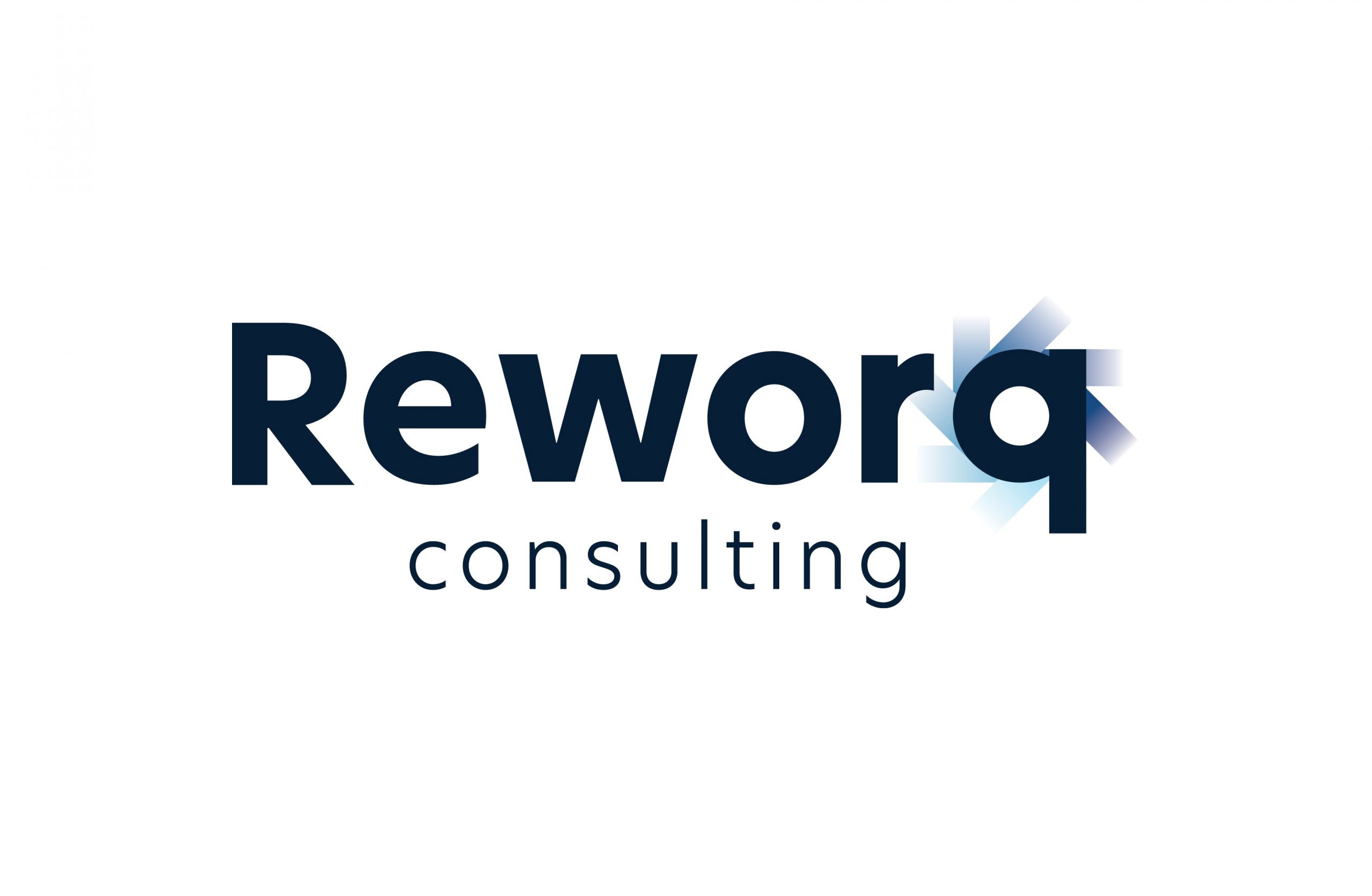In any business environment, change is everywhere and occurs all the time. Many organisations are struggling to adapt to unprecedented shifts. Countless factors make change inevitable, but change should organically happen, since it shows that your organisation is committed to growth, productivity, and the evolution to remain relevant and competitive. But to develop an AGILE workplace culture, organisations should follow a systematic approach to Organisational Change Management (OCM).
Organisations often need to implement enterprise-wide changes affecting their processes, products, and people. Change can be difficult, and people often resist it. Organisational leaders must identify and respond quickly to market changes and unexpected challenges, but most are not suitably able to create an agile culture. Yet agile leadership cascading from CEO’s and CFO’s down to Executive Management Teams and their front-line Managers, separates high-performing organisations from their lower-performing counterparts.
Change disrupts your plans and can make preparing for your future difficult. Whether the change your organisation is preparing for or undergoing is large (and unexpected) or small (and planned), there is simply one universal fact – it is not the change itself that matters but how you respond to the change. That is the challenge of a change initiative!
10 Types of Organisational Change Management

Every business will eventually endure organisational change, as different types of Organisational Change Management (OCM) require different strategies and alignment to goals.
The process of organisational change is the all-encompassing guideline for the successful implementation of transformative changes. As to the structure of the organisational change, it is critically important that a detailed process (and accountability) is in place to avoid employee resistance, confusion, and fatal oversights in your Change Management Plan.
Here are the ten (10) types of Organisational Change Management (OCM):
1. Organisational-wide Change
Involves large-scale transformation affecting the entire organisation.
Organisational-wide Change involves large-scale transformation affecting the entire organisational policies. affects the whole organisation. This could include restructuring leadership, adding a new policy, or introducing a new enterprise technology.
This large-scale change will be felt by every single employee. It explains how corporate policies that has been in existence for a long period of time have become outdated and redundant. Your current employees can easily identify these large-scale changes due to the information transparency and upon review of the organisation’s transforming identity.
However, to implement and attain large-scale changes requires comprehensive planning and communication with key stakeholders and cross-functional teams throughout the entire process. The result of the change initiative depends on the appropriate strategies and how they are implemented.
2. Strategic Transformational Change
Includes changes to existing policies, structure, or processes.
Strategic Transformational Change is implemented by organisations to their business to achieve goals, boost competitive market advantage, or respond to market opportunities or threats. Your Executive Management Team are often responsible for strategic change and includes making changes to the business’s policies, structure, or processes.
Significant change implementation could transform the entire organisational function. However, minor changes made to the existing organisational policies would affect only certain departments within the organisation but won’t redefine or significantly impact the entire business.
Some serious strategic planning is required to design an efficient Change Management Plan to attain the desired goal. The final transformation results could either be “positive” or “negative”, and the entire objective depends on your change strategies.
3. Incremental Change
Includes adjustments to improving existing standards and processes.
Incremental Change can be implemented at any point in time. These are the gradual adjustments and improvements that you introduce to your organisation and on an ongoing basis. These changes help your team unlock their highest potential by regularly improving existing standards and processes to make your business more productive for the long term.
4. Conversational Change
Includes the way an organisation interacts with their customers.
Conversational Change refers to the way an organisation interacts with customers. Your teams are usually small in the early “start-up” phase of a business, and the employees engage / interact with their customers differently. But as the organisation grows, you need to plan for Conversational Change which becomes inevitable for more effective lead acquisition and customer retention processes. The collective workflow has become a significant aspect of a business’s success by helping facilitate good customer relationships, facilitates brand credibility, and increases sales revenue.
The introduction of a Customer Relationship Management (CRM) system is the most common way to make a Conversational Change in an organisation. Employees need to co-ordinate their team efforts to deliver productive results. It can collectively increase your workflow efficiency with an automated environment to optimise communication with an organisation’s prospects and current customers.
5. People-centric Change
Includes hiring new employees and implementing new employee policies.
People-centric Change mainly focus on hiring new employees or implementing new policies for employees. These changes are mainly prone to emotional responses and therefore requires transparency, communication, effective leadership, and as well as an empathetic approach.
While all changes affect people, the organisation must be responsible for preparing employees for this emotional transition phase and accordingly provide guidance to the team. When implementing a People-centric Change, your Executive Management Team must be aware that their employees will naturally resist the change initiative and disconnect.
6. Personnel Change
Includes how fear and anxiety amongst employees is handled during redundancies and integration of hiring new employees.
Personnel Change can happen when organisations experience hyper-growth or announce redundancies, which evokes fear and anxiety amongst employees. But from the organisation’s standpoint, the business needs to grow to survive, and it is important to show genuine compassion and motivate employees to work through both good and difficult times.
Firstly, hiring new employees is a sign of business growth, which also makes the organisation susceptible to further change. But by hiring new staff, this also involves training and is the prerequisite organisational requirement to ensure adequate handover and ideally set employee expectations. If this change is not handled correctly, it can lead to process inefficiency and will hamper further organisational growth.
7. Remedial Change
Includes when a problem is identified, the issue needs to addressed and an immediate solution must be implemented.
Remedial Change is reactionary and may not be ideal, but it is inevitable. It occurs when a problem is identified, the issue needs to be addressed, and an immediate solution must be implemented.
This type of change has a larger scope and will often involve a shift in strategy, team structure, or business processes. The benefit of Remedial Change is that success can be judged very quickly and just by answering one (1) simple question – Was the problem solved or not?
When there is a need to address the organisation’s poor performance, Remedial Change can be customised as issues arise, and by incorporating efficient Change Management strategies.
8. Structural Change
Includes shifts in management hierarchy, teams, responsibilities of different departments, reporting lines, job structure, and procedures.
Structural Change are the changes made to the organisation’s structure that might come from internal or external factors and typically affect how the business is managed. Structural changes include major shifts in the management hierarchy, team organisation, responsibilities of different departments, reporting lines, job structure, and procedures.
These changes often overlap with People-centric Change as they directly affect employees (most, if not all). Circumstances that lead to Structural Change include mergers and acquisitions, role duplication, market conditions, and process or policy changes.
9. Technological Change
Involves introducing new technology, SaaS, or BI systems to improve business processes.
Technological Change involves identifying new technology and implementing a digital strategy for improved business productivity and profitability. It often involves introducing new SaaS or BI systems to improve business processes.
The impact of increasing market competition, coping with customer requirements, and constantly evolving technology leads to technological change within organisations. However, the issue with technology projects (and goals) are often improperly defined or planned, poor or non-existent communication, which frustrates your employees and ultimately leads to their resistance to change.
10. Unplanned Change
Involves a necessary action following unexpected events.
Unplanned Change is a necessary action following unexpected events. An Unplanned Change is difficult to predict within the organisation but can be dealt with in a systematic way by effective Change Management.
In case of any disruption, risks, or security breach, implementing an Unplanned Change can minimise the chances of unplanned business risks.
Summary
There are a wide variety of organisational changes that businesses go through. Each type has its own advantages and disadvantages. Hence why the importance to review and weigh up all the factors before embarking on any kind of change in your business, whether this be either large-scale or small-scale transformations.
Organisational Change Management (OCM) helps a business run smoothly during the transition phases and keeps both the employees and stakeholders motivated throughout the entire engagement. Leading organisational change requires a deliberate focus on developing leaders who can lead others through change. Leaders need to possess the ability (and skillset) to explain to their employees – why change is necessary, how change will impact them, and what each person must do to make the change initiative a success.
A solid Change Management Plan can make all the difference. When leaders have the tools to communicate, coach, and support employees through Change Management, the chances of success are much greater.
Need some guidance on your next steps? Let’s start a conversation…


